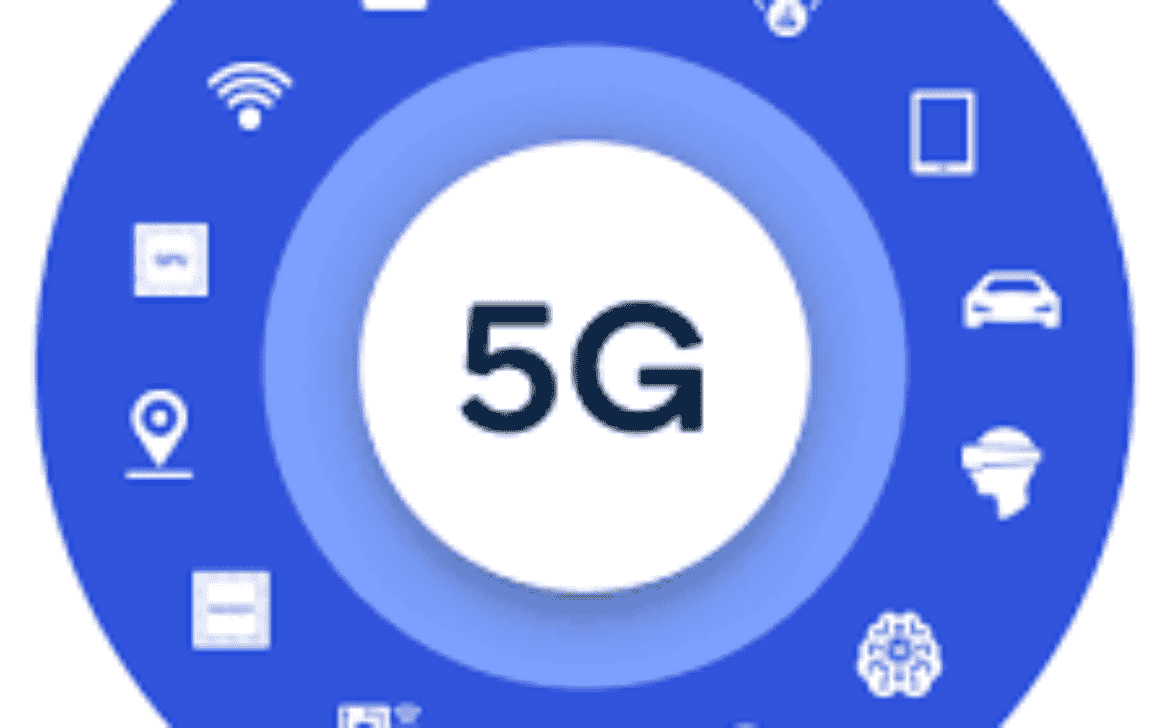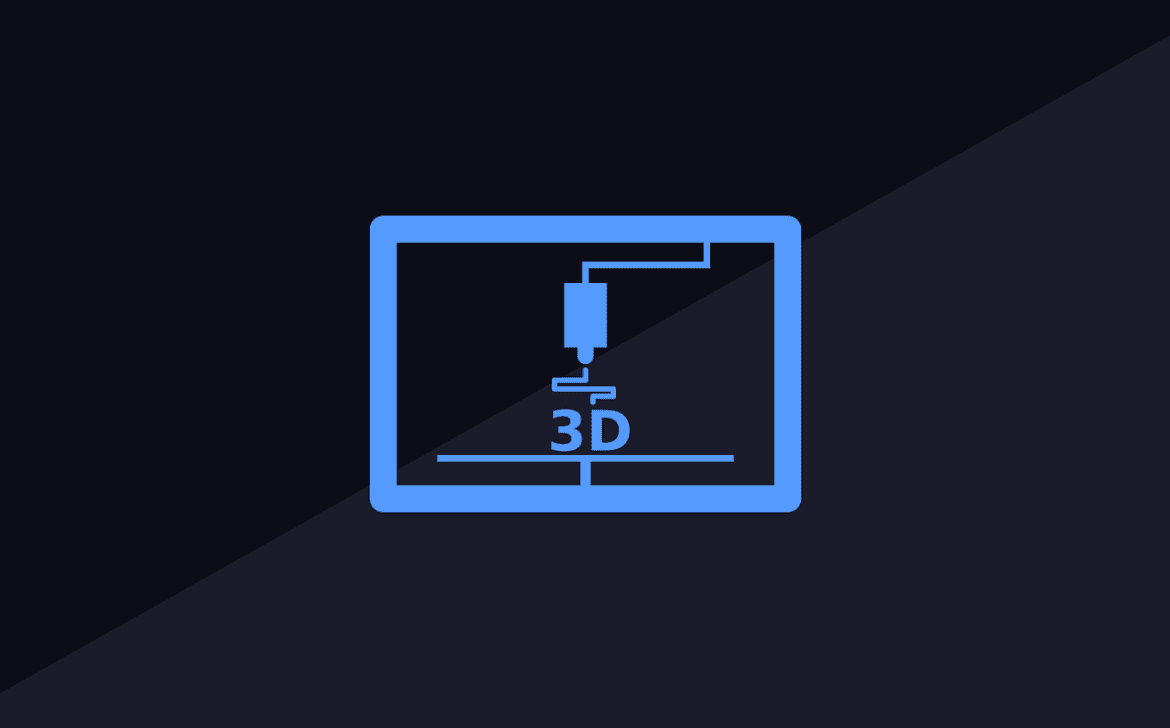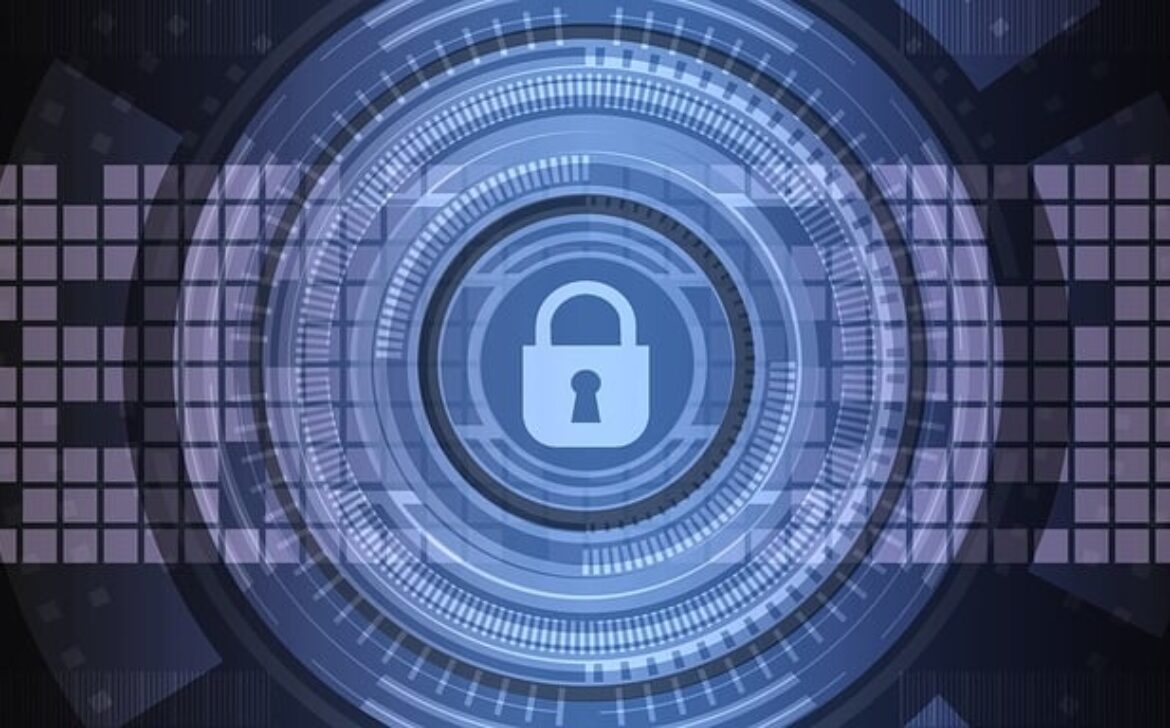Quantum Computing’s Ascendancy: Unveiling the Power of Supercomputing’s Future
Introduction:
In the ever-evolving landscape of technology, a new contender has emerged on the horizon, promising to redefine the boundaries of computation as we know it. Quantum computing, a field that once existed in the realm of theoretical physics, is now making strides towards becoming a practical reality. This blog is a gateway into the fascinating realm of quantum computing, unraveling its principles, exploring its potential, and revealing the transformative impact it holds across industries and scientific disciplines.
Quantum Computing Unveiled:
At the heart of quantum computing lies the extraordinary concept of qubits, the fundamental building blocks that replace traditional bits. While classical computers use bits that can represent either a 0 or a 1, qubits can exist in a state of 0, 1, or both simultaneously, a phenomenon known as superposition. This unique property, along with another quantum principle called entanglement, forms the basis of quantum computing’s unprecedented power.
- Supercomputing’s New Frontier: Quantum Supremacy:
Quantum computing aims to achieve what classical computers cannot: solving problems that were previously deemed unsolvable due to their complexity. Quantum supremacy, a term coined to describe the point at which a quantum computer outperforms the most advanced classical supercomputers, marks a pivotal milestone in this journey.
- Revolutionizing Cryptography:
Quantum computing’s ability to perform rapid calculations threatens the security of traditional encryption methods. While this poses challenges for cybersecurity, it also opens doors to new cryptographic techniques that leverage the principles of quantum mechanics for secure communication.
- Unraveling Complex Systems:
Industries grappling with intricate systems, such as pharmaceuticals simulating molecular interactions or financial markets predicting complex trends, stand to benefit immensely from quantum computing’s ability to process vast amounts of data and simulate quantum states.
- AI and Machine Learning Leap:
Quantum computing is expected to turbocharge machine learning algorithms by processing and analyzing data at an unprecedented pace. This synergy could unlock new levels of pattern recognition and problem-solving, transforming industries that rely on data-driven insights.
- Quantum Computing Challenges and Limitations:
While quantum computing holds immense promise, it also faces challenges. Qubits are highly sensitive and susceptible to errors, requiring sophisticated error-correction techniques. Additionally, harnessing the full potential of quantum computing demands extremely low temperatures and controlled environments, making practical implementation complex.
- Collaborative Efforts and Research:
The journey towards realizing the full potential of quantum computing requires global collaboration among researchers, scientists, and organizations. Governments, academia, and industry players are investing in research and development to overcome challenges and pave the way for quantum computing’s widespread adoption.
Conclusion:
The rise of quantum computing marks a seismic shift in the realm of technology, offering a glimpse into the limitless potential of supercomputing. From unraveling complex problems to revolutionizing cryptography, quantum computing’s impact is poised to be far-reaching. As we tread the path towards quantum supremacy, one thing is clear: the fusion of quantum mechanics and computation is set to reshape industries, accelerate scientific discoveries, and propel us into a new era of unprecedented innovation.
























